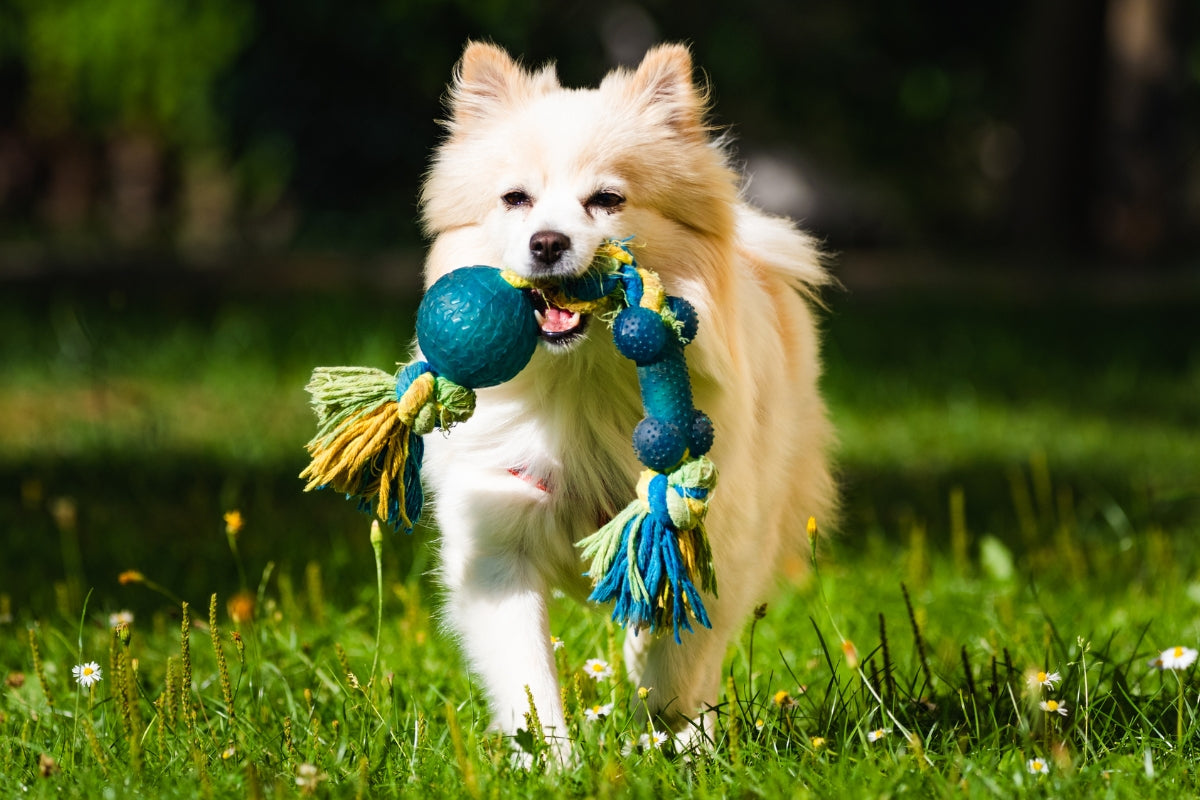Ever wondered how your dog perceives the world of colours? While dogs don’t see the spectrum of colours the way humans do, their vision is adapted in fascinating ways. Let’s dive into how your dog’s eyes interpret colours and what this means for their everyday experiences.
Dog Vision vs. Human Vision
Dogs have a different colour perception compared to humans due to their dichromatic vision. Human eyes contain three types of cones in the retina, allowing us to see a wide range of colours. In contrast, canines have only two types of cones, which limits their colour spectrum. This difference means that while we see a rainbow of various shades, dogs experience a more simplified palette.
The Dog’s Colour Spectrum
Blue and Yellow
Dogs have a strong ability to see shades of blue and yellow. These colours stand out vividly to them, which is why a blue toy or a yellow ball is so appealing. Their retina is particularly sensitive to these colours, making them more distinct in their vision.
Red and Green
For dogs, red and green are perceived as shades of grey or brown. Their dichromatic vision makes it difficult for them to distinguish between these colours. A red ball, for instance, may appear as a dull grey to your dog. Similarly, green grass and green colour may not be as distinct, blending into various shades.
Purple and Orange
Purple and orange are also seen through the lens of blue and yellow shades. For your doggo, these colours may not have the same vibrancy and might blend into the spectrum of colours they can see.
Beyond Colour Vision
Although canine companions might not see the same colours as we do, their heightened sense of smell and motion sensitivity compensate for this limitation. Their sense of smell is incredibly acute, allowing them to detect scents that we can’t perceive. Motion sensitivity is another strength, helping them detect movement in their peripheral vision. This means they rely less on colour vision and more on other senses to interact with their environment.
Night Vision and Perception
Dogs also have better night vision than humans, thanks to a higher number of rod cells in their retinas. This makes them more adept at seeing in the dark, even though their colour perception may be limited. Their eyes are adapted to detect light and movement, which complements their ability to navigate in low-light conditions.
Understanding your dog's colour vision allows you to better meet their needs and enhance their playtime. Even though their colour perception is different from ours, their other senses help them engage with the world meaningfully. When choosing toys, keep their colour vision in mind by selecting options in blue or yellow.




Leave a comment
This site is protected by hCaptcha and the hCaptcha Privacy Policy and Terms of Service apply.